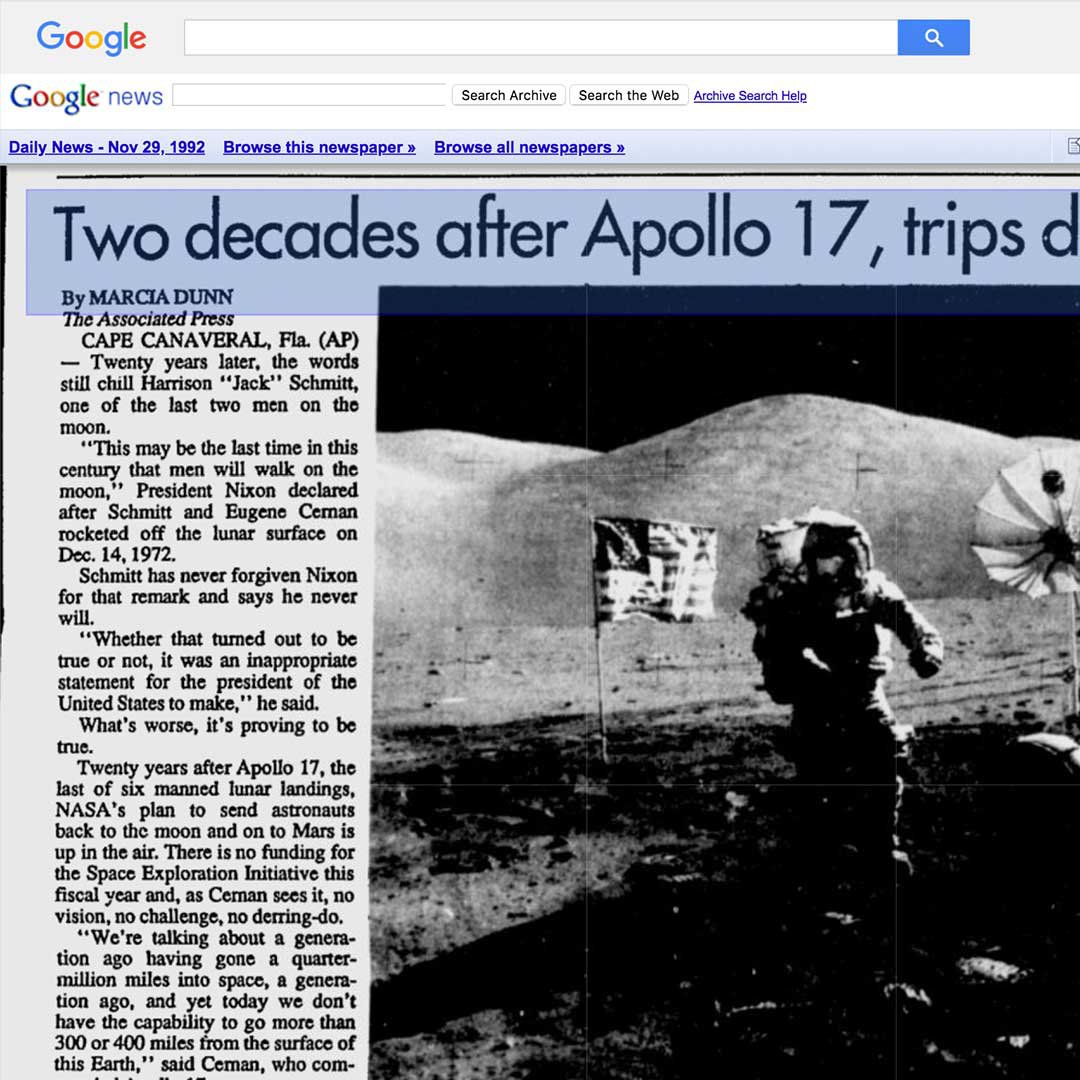More About News Articles
More About News Articles
Blog Article
Some Known Incorrect Statements About News Articles
Table of ContentsThe 5-Minute Rule for News ArticlesThe smart Trick of News Articles That Nobody is DiscussingNews Articles Things To Know Before You BuyThe 30-Second Trick For News ArticlesHow News Articles can Save You Time, Stress, and Money.
Excellent understanding of various subjects provides pupils an one-upmanship over their peers. Despite the fact that digital and social networks are readily easily accessible, we need to not forget exactly how important it is to read the papers. Parents need to attempt and instill the habit of checking out a newspaper as an everyday regimen to proceed the legacy of the revered print tool.Information tales additionally contain a minimum of one of the complying with crucial characteristics about the designated audience: proximity, importance, timeliness, human rate of interest, anomaly, or effect. The relevant term journalese is in some cases used, typically pejoratively, to refer to news-style writing. Another is headlinese. Newspapers generally follow an expository writing design.
Within these limits, news tales additionally intend to be thorough. Amongst the larger and a lot more highly regarded newspapers, justness and balance is a significant aspect in presenting info.
Newspapers with a worldwide audience, as an example, often tend to make use of an extra formal style of composing. The specific options made by an information outlet's editor or content board are frequently gathered in a design overview; usual style overviews include the and the United States Information Style Book. The major objectives of news writing can be summarized by the ABCs of journalism: accuracy, brevity, and quality.
Examine This Report on News Articles
As a rule, reporters will certainly not use a lengthy word when a short one will certainly do. News writers attempt to prevent utilizing the very same word a lot more than when in a paragraph (sometimes called an "echo" or "word mirror").
However, headlines in some cases omit the subject (e.g., "Jumps From Boat, Catches in Wheel") or verb (e.g., "Pet cat woman fortunate"). A subhead (also subhed, sub-headline, subheading, subtitle, deck or dek) can be either a subservient title under the main headline, or the heading of a subsection of the post. It is a heading that comes before the major text, or a team of paragraphs of the major message.

Additional billboards of any of these types may appear later in the article (specifically on subsequent pages) my link to entice additional reading. Such billboards are additionally used as pointers to the write-up in other areas of the publication or site, or as ads for the piece in various other magazine or websites. Common framework with title, lead paragraph (summary in bold), other paragraphs (details) and call info.

Instance of a hard-lead paragraph NASA is proposing an additional area task. The budget plan requests about $10 billion for the task.
The NASA statement came as the company requested $10 billion of appropriations for the task. An "off-lead" is the second essential front page information of the day. The off-lead shows up either in the leading left corner, or straight listed below the lead on the. To "bury the lead" is to start the short article with history information or details of second value to the viewers, requiring them to learn more deeply into a write-up than they should have to in order to uncover the important factors.
News Articles for Beginners
Typical usage is that one or two sentences each form their very own paragraph. Reporters generally define the company or structure of a news story as an upside down pyramid. The essential and most intriguing aspects of a tale are placed at the start, with supporting information following in order of diminishing importance.
It permits individuals to explore a topic to just the depth that their curiosity takes them, and without the charge of details or nuances that they can take into consideration pointless, however still making that information readily available to a lot more interested readers. The upside down pyramid structure also makes it possible for articles to be trimmed to any approximate size throughout layout, to suit the area available.
Some writers start their stories with the "1-2-3 lead", yet there are lots of kinds of lead readily available. This style usually starts with a "5 Ws" opening paragraph (as defined above), adhered to by an indirect quote that serves to sustain a significant aspect of the initial paragraph, and then a straight quote to support the indirect quote. [] A twist can describe multiple points: The last tale current program; a "pleased" tale to finish the show.
Longer posts, such as publication cover articles and the items that lead the within areas of a newspaper, are recognized as. Attribute tales vary from straight information in numerous methods.
The smart Trick of News Articles That Nobody is Talking About
A feature's initial paragraphs usually associate an interesting minute go to website or event, as in an "unscientific lead". From the particulars of an individual or episode, its view promptly expands to generalities concerning the story's topic.

The Editor's Toolbox: A Reference Overview for Beginners and Professionals (2001) Allan M. Siegal and William G. Connolly. The New York City Times Manual of Style and Use: The Authorities Style Guide Made Use Of by the Writers and Editors of the Globe's The majority of Reliable Newspaper (2002) more info here M. L. Stein, Susan Paterno, and R.
Report this page